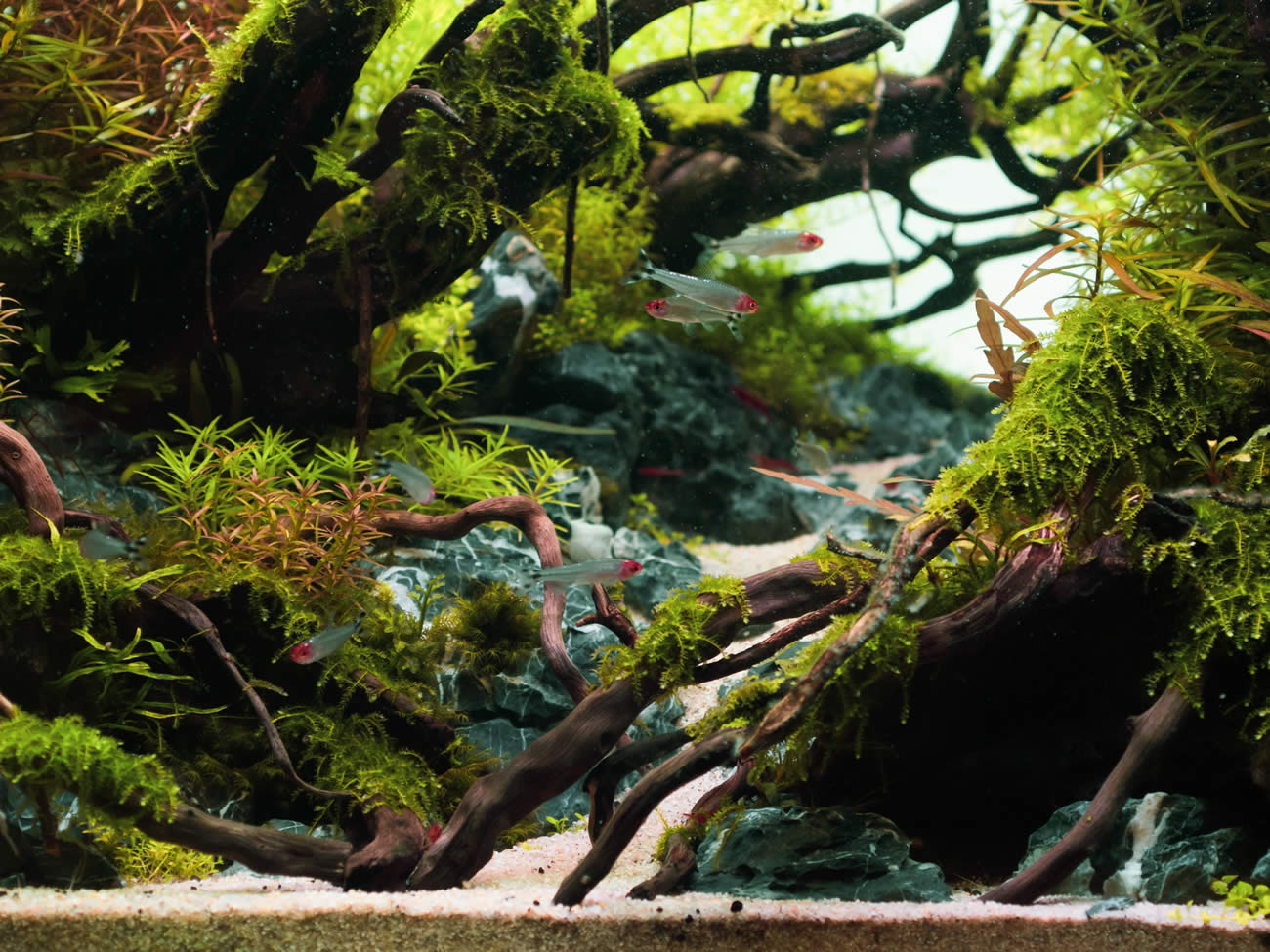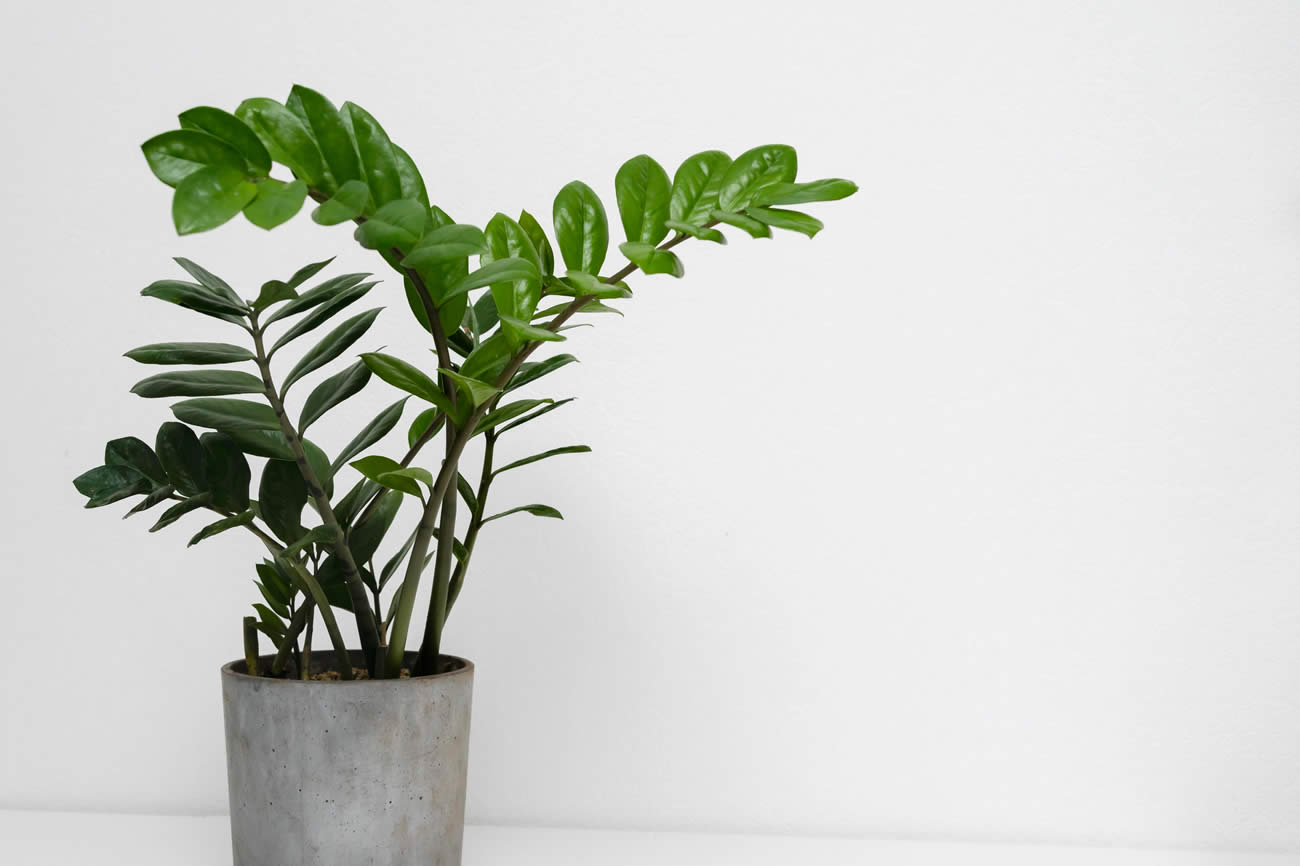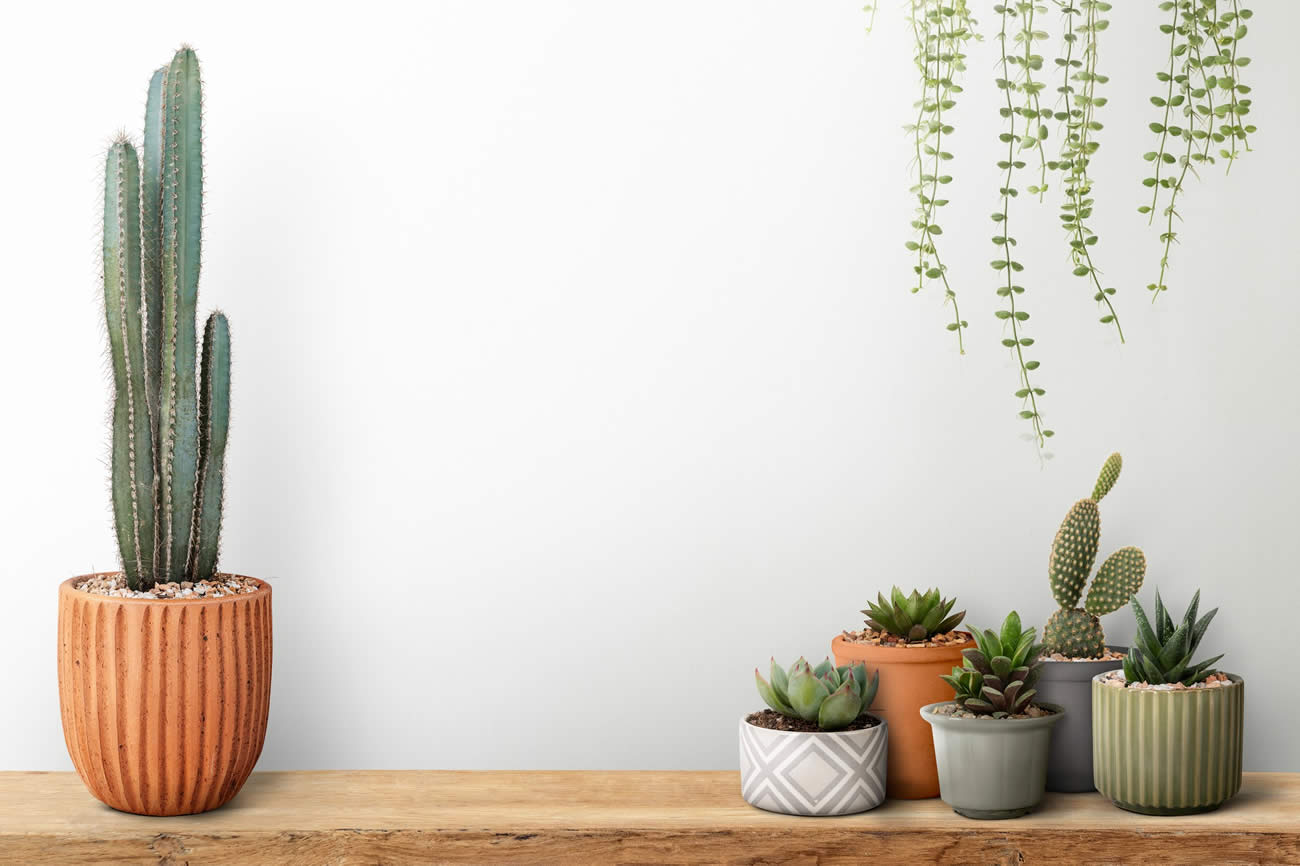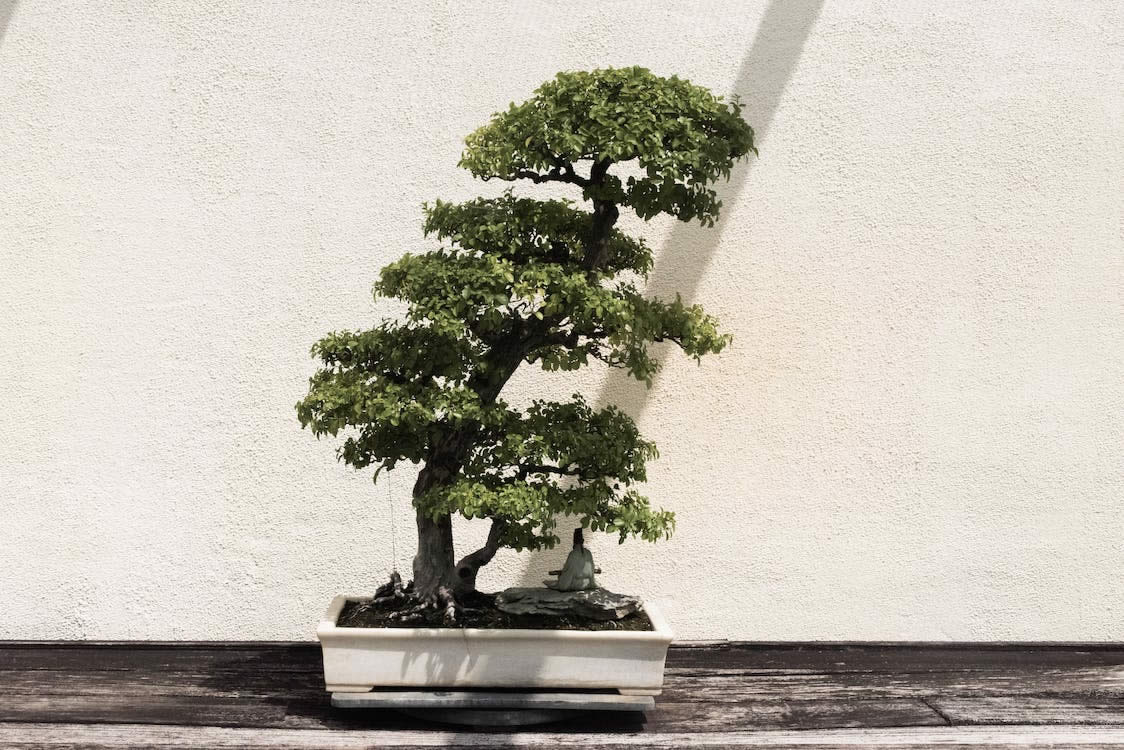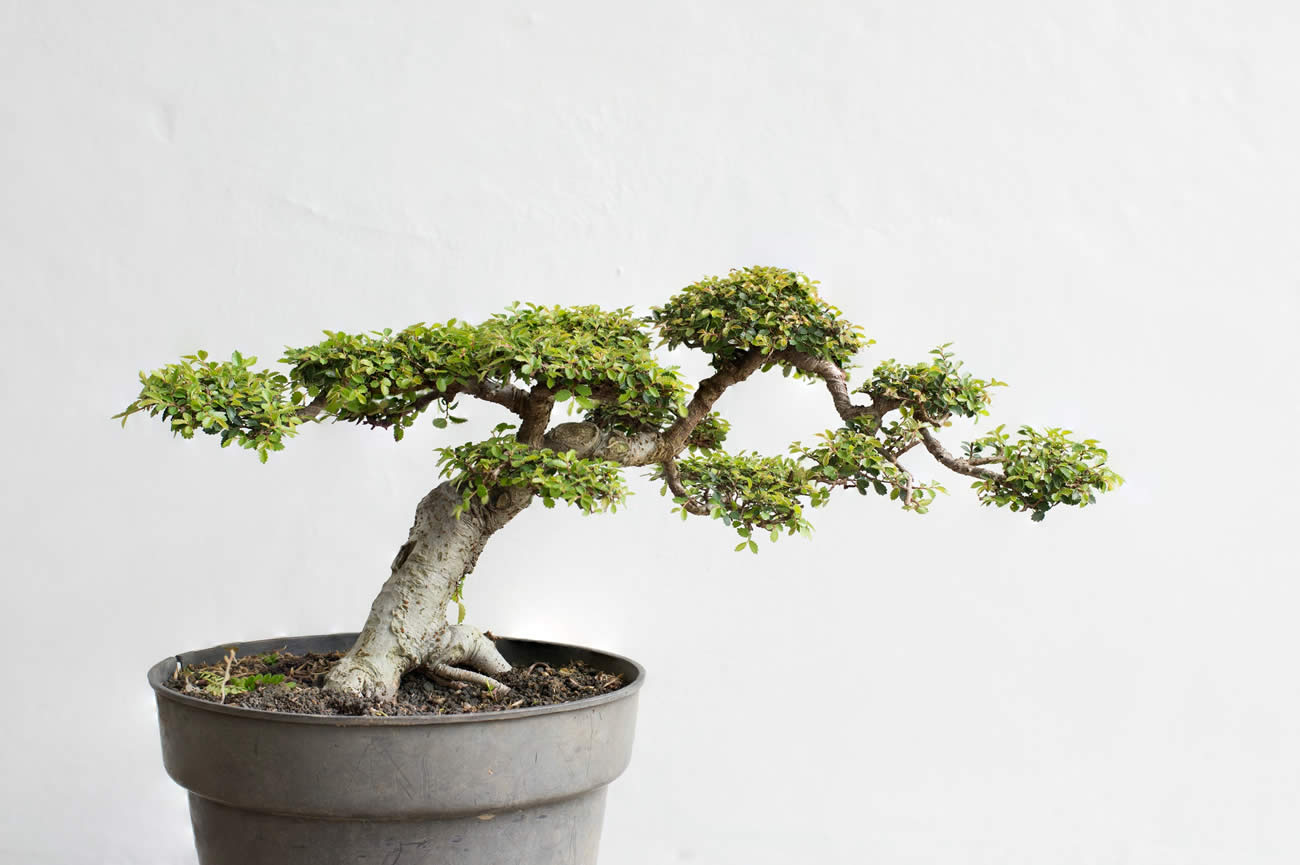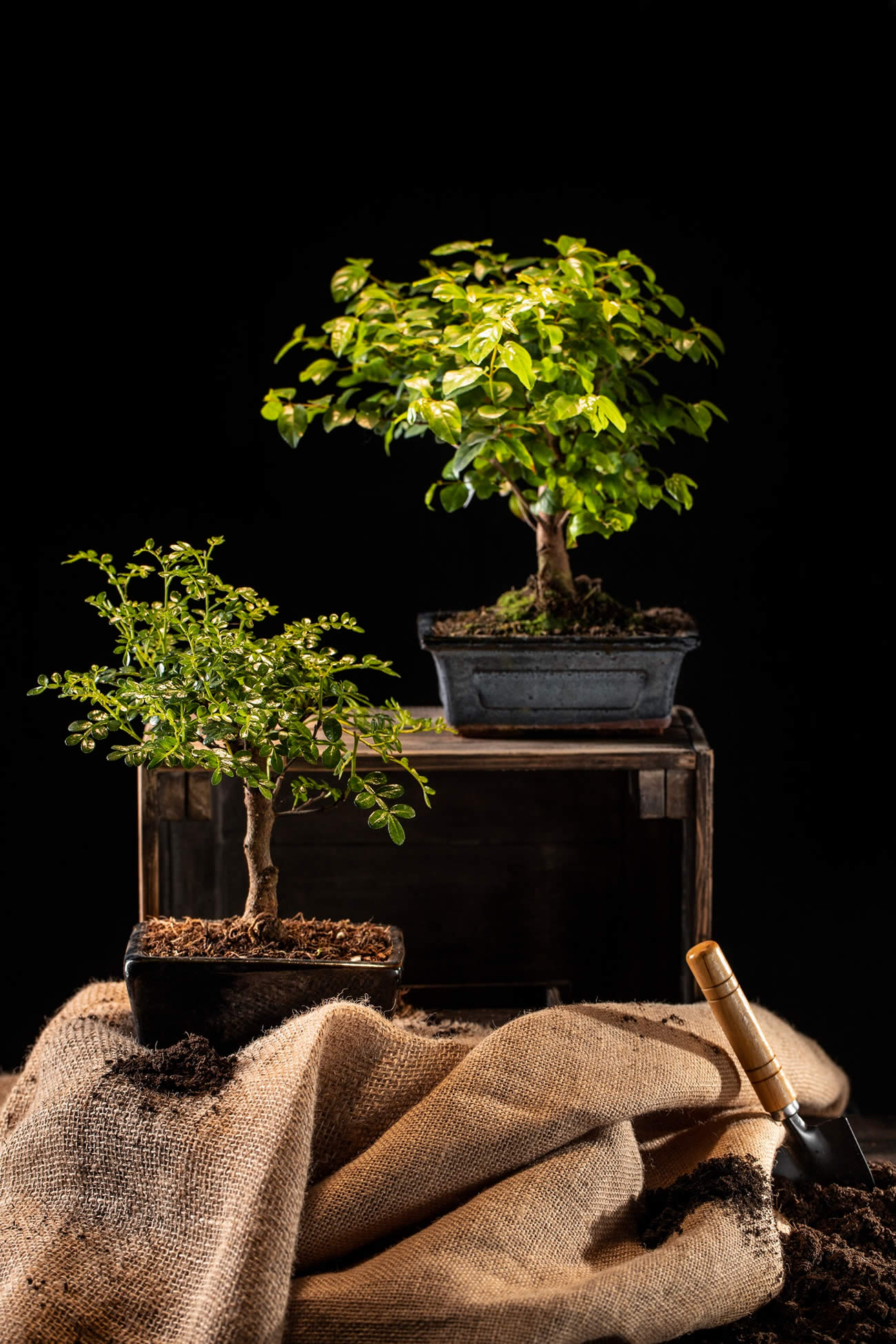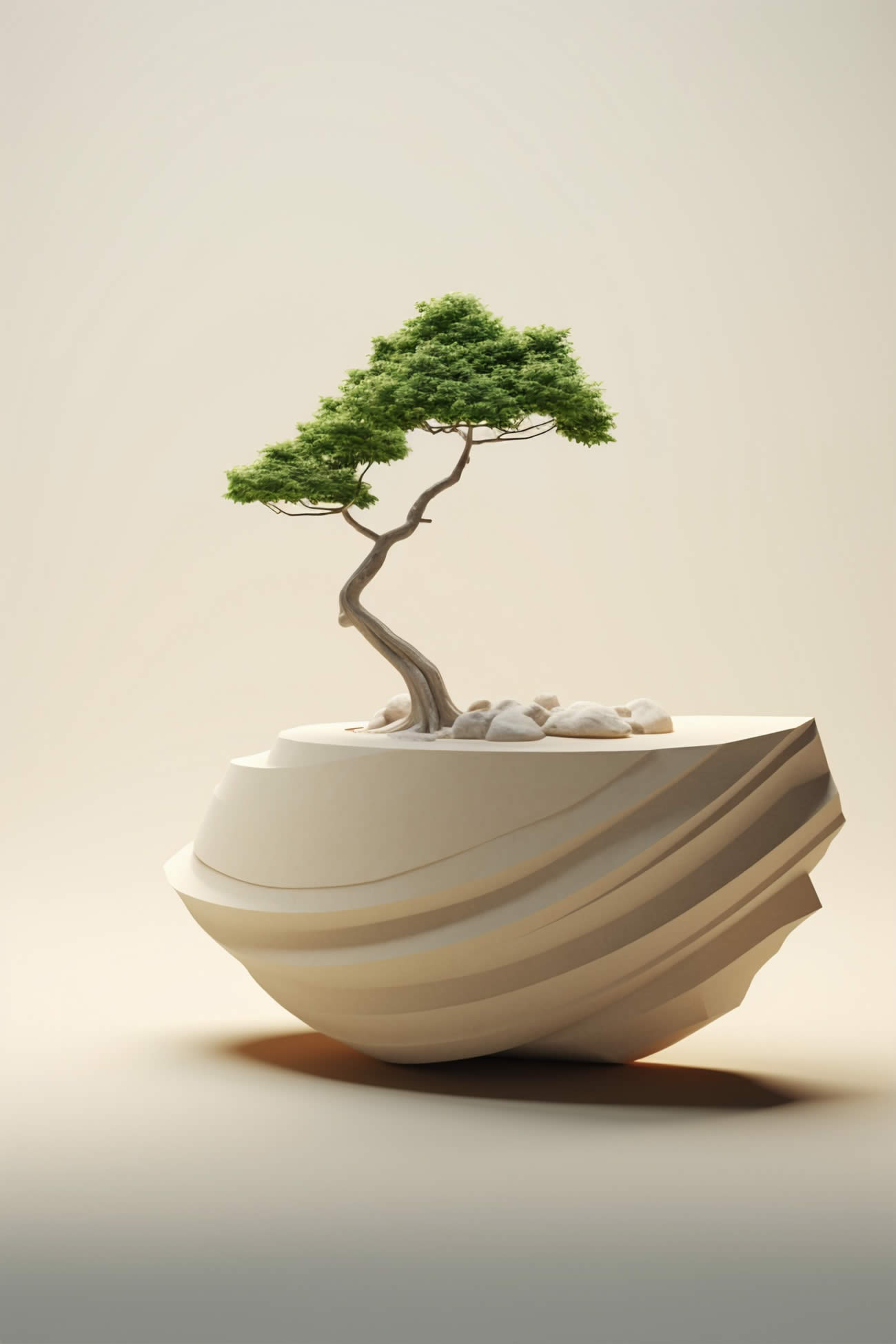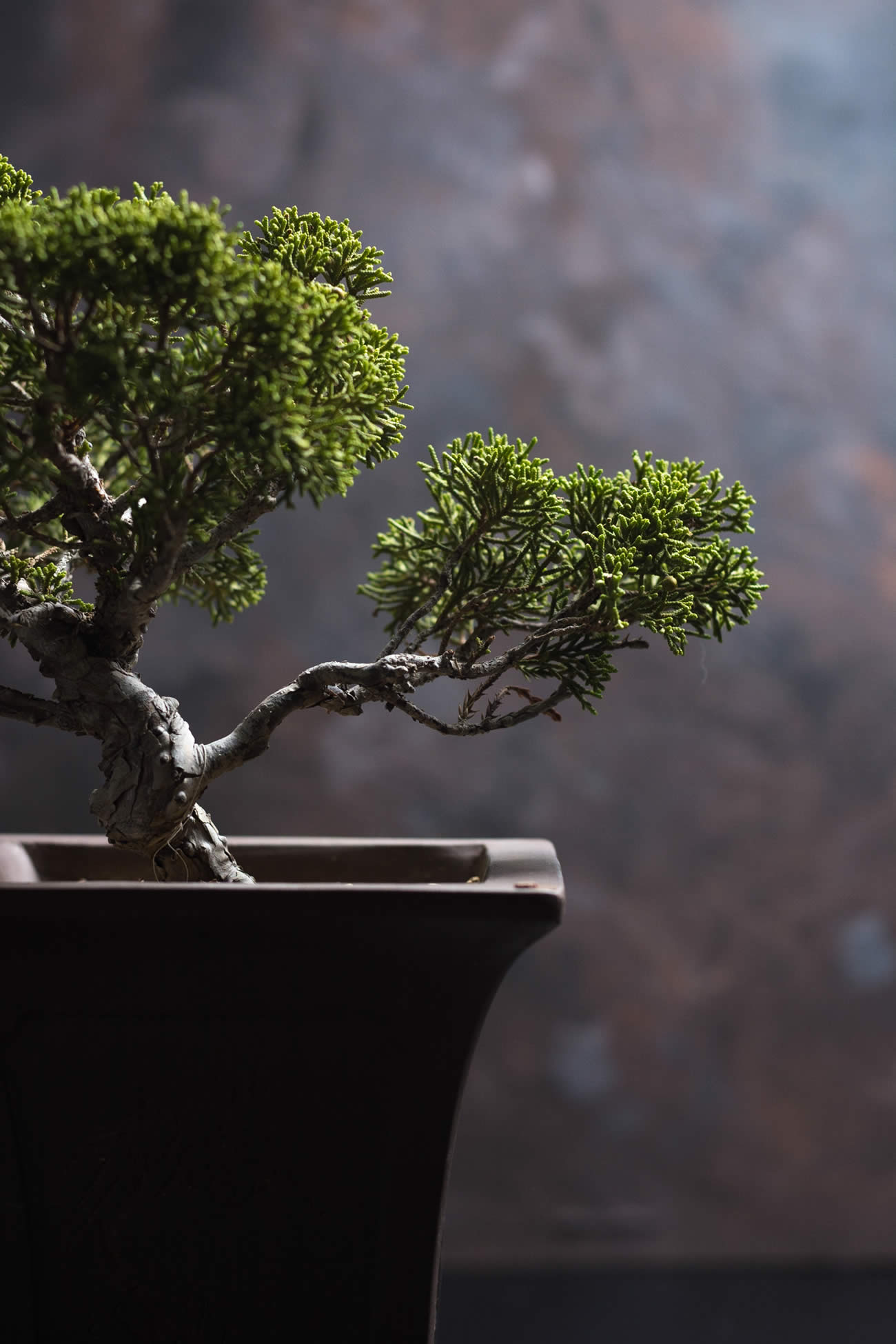Artificial plants and flowers have made remarkable strides in terms of quality and design, revolutionising the way we bring greenery into our spaces. The level of realism they now possess often blurs the line between the artificial and the natural. As these faux plants gain increasing popularity, one question arises among homeowners: can artificial plants be planted in soil? The answer is affirmative, but it’s important to consider a few key factors.
In this comprehensive blog post, we will delve into the topic of planting artificial plants in soil, offering valuable insights into the process and how to execute it correctly for optimal results. So, whether you’re a green thumb enthusiast or simply seeking low-maintenance foliage options, join us as we explore the intriguing world where artificial meets soil.
[cp_popup display=”inline” style_id=”32773″ step_id = “1”][/cp_popup]
Soil is not necessary for artificial plants to survive, but it can help to anchor them in place and give them a more realistic appearance. If you do choose to plant artificial plants in soil, be sure to use a well-draining potting mix to prevent the roots from rotting.
Here are some of the benefits of planting artificial plants in soil:
- Anchors the plants: Soil helps to keep artificial plants in place, especially if they are top-heavy or are in a drafty location.
- More realistic appearance: Soil can make artificial plants look more realistic, especially if covered with moss or pebbles.
- Protects the plants: Soil can help to protect artificial plants from damage, such as from being knocked over or blown around.
Here are some of the drawbacks of planting artificial plants in soil:
- Requires more maintenance: Soil-planted artificial plants will require more maintenance than unplanted artificial plants. You will need to water them occasionally to prevent the soil from drying out, and you may need to check for pests or diseases.
- Can get dirty: Soil can get dirty and can stain artificial plants. You may need to clean your plants regularly to keep them looking their best.
- Can be messy: Repotting soil-planted artificial plants can be messy. You will need to take care not to spill soil, and you will need to clean up any spills immediately.
Ultimately, the decision of whether or not to plant artificial plants in soil is up to you. If you are looking for a low-maintenance option, then you may want to consider unplanted artificial plants. However, if you are looking for a more realistic appearance or if you want to anchor your plants in place, then soil-planted artificial plants may be a better option for you.
Can You Plant Artificial Plants In Soil?
Before delving into the topic of planting artificial plants in soil, it is important to acknowledge that this practice can spark a lively debate among gardening enthusiasts. Artificial plants are designed to mimic the appearance of real, living plants, and they are crafted with utmost precision to capture the intricate details of leaves, petals, and stems, creating a truly lifelike and natural aesthetic. They are an excellent alternative for those who are deeply captivated by the beauty of plants and flowers yet constrained by limited time or resources to nurture them.
Planting faux plants in the soil presents itself as a practical and aesthetically pleasing solution. With artificial plants, you can effortlessly create an inviting and vibrant atmosphere, adding a touch of nature to your surroundings without the demands of traditional plant care. The versatility of artificial plants allows you to experiment with different varieties, from elegant orchids to lush ferns, ensuring that your space reflects your unique style and preferences.
Apart from their low-maintenance nature, artificial plants offer a range of benefits that are worth considering. They are not limited by seasons, meaning your interior or exterior spaces can be adorned with greenery and blooms all year round. Additionally, they are ideal for those with allergies or sensitivities, as artificial plants do not release pollen or irritants into the air. This makes them a suitable choice for offices, healthcare facilities, or homes where individuals may have respiratory conditions or sensitivities.
The meticulous craftsmanship, realistic details, and low-maintenance nature of artificial plants make them an excellent choice for those seeking to incorporate the beauty of nature into their surroundings without the time-consuming tasks of plant care. While the debate around artificial plants in soil continues, it is undeniable that they offer a convenient and visually pleasing alternative to traditional gardening. So go ahead, embrace the beauty of artificial plants, and transform your space into a lush oasis that will be admired by all.
When planting artificial plants in soil, it’s essential to ensure that they are designed specifically for outdoor use. Not all artificial plants can withstand the harsh conditions of the outdoors, so it’s crucial to carefully check the label or ask the manufacturer for clarification before planting them outside. Using artificial plants not intended for outdoor use could damage the plant and the soil it is planted in.
Additionally, artificial plants do not have roots like real plants do, so they cannot absorb nutrients from the soil in the same way. Therefore, it’s vital to have proper drainage in the soil. Poor drainage can lead to moisture accumulation, which promotes the growth of mould, and mildew, or even cause the artificial plant to rot. To avoid this issue, high-quality soil with excellent drainage capabilities is recommended.
To ensure that the artificial plants thrive in their outdoor environment, it’s essential to dig a hole that is deep enough to securely hold the plant in place. The hole should be the same size as the plant’s container or larger if planting multiple plants together. This provides ample space for the roots to spread out and establish a strong foundation for growth.
After digging the hole, carefully place the artificial plant inside and cover it with soil. Firmly pat down the soil to prevent any plant shifting and provide stability. This creates a natural and seamless appearance, making it difficult to distinguish an artificial plant from a real one.
In addition to using proper planting techniques, it is important to keep your artificial plants clean in order to maintain their realistic appearance and visual appeal. Dust and dirt can accumulate on the leaves and stems over time, diminishing their lifelike appearance. To clean them effectively, use a damp cloth or sponge to gently wipe the surfaces of the plant. Avoid using harsh chemicals or cleaning products, as these can potentially damage the delicate materials of the plant.
By carefully following these steps and paying close attention to every detail, you can ensure that your artificial plants not only look beautiful but also blend seamlessly with their surroundings. This will infuse your space with a mesmerising touch of greenery, elevating its aesthetic appeal to new heights.
Imagine entering a room filled with lush artificial plants, perfectly arranged to mimic the natural world. Each leaf and stem is crafted to capture the essence of real foliage. The attention to detail is impeccable, ensuring that every aspect of these plants is indistinguishable from their living counterparts.
As you approach, you can’t help but be captivated by the lifelike textures and vibrant hues that greet your eyes. The level of realism is astounding, making it difficult to believe that these plants are not actually alive. The meticulous craftsmanship and dedication to authenticity are evident in every aspect of their design.
As you place these artificial plants in their designated spots, you notice how effortlessly they blend with their surroundings. The colours and shapes perfectly complement the existing decor, creating a cohesive and inviting atmosphere. It’s as if these plants were always meant to be there, enhancing the beauty of the space in the most natural way.
Not only do these plants bring visual appeal, but they also provide a sense of tranquillity and calmness. Their presence fills the air with a refreshing ambience, reminding you of the serenity of nature. Whether you’re working, relaxing, or entertaining guests, the soothing greenery creates a serene backdrop that enhances any experience.
To sum up, the answer to the question of whether you can plant artificial plants in soil is a resounding yes. It’s important to take some precautions and considerations into account, though. Before planting faux plants in the soil, make sure they are specifically designed for outdoor use, as exposure to the elements can affect their durability. Additionally, using proper drainage soil will help prevent waterlogging and promote healthy root development.
When planting artificial plants in soil, it is recommended to secure them firmly to prevent displacement due to wind or other external factors. Regular cleaning and maintenance are also essential to keep them looking fresh and vibrant, just like real plants.
By following these tips and guidelines, you can confidently incorporate artificial plants into your outdoor space. With their lifelike appearance and proper care, they will seamlessly blend with the natural surroundings, leaving observers amazed and wondering if they are indeed real plants.

